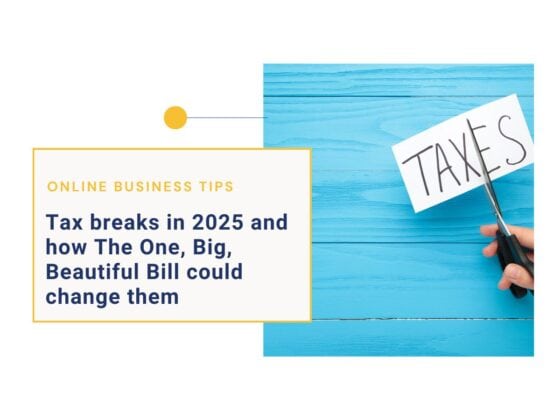When considering whether to accept your current position, you probably viewed employer-provided life insurance as a perk. If your benefits package includes group term life insurance with coverage above $50,000, though, you could feel differently come tax time.
Invisible “income,” higher taxes
The IRS doesn’t include employer-provided life group term life insurance coverage up to $50,000 in your taxable income, and won’t increase your income tax liability. If your policy exceeds $50,000, though, the employer-paid cost is included in the taxable wages reported on your Form W-2.
This is called “phantom income.” You may not see the funds in your bank account, yet they’ll come back to haunt you nonetheless.
For tax purposes, the cost of group term life insurance is set by a table prepared by the IRS. Even if your employer’s actual cost is lower than what’s listed on the table, your taxable income is determined by the one pre-established in the table. As a result, the amount of phantom income an older employee could be taxed for, is often higher than that which they’d pay for similar coverage under an individual term policy.
As an employee ages and their compensation increases accordingly, this tax trap worsens.
Is your tax burden higher due to employer-paid life insurance?
If you’re concerned that the cost of employer-provided group term life insurance could be impacting your taxes, look at Box 12 of your W-2 (With code “C”). Does a specific dollar amount appear?
If so, that dollar amount indicates your employer’s cost for group term life insurance coverage you receive in excess of $50,000, less any amount you paid for the coverage. You’ll be liable for local, state, and federal taxes on the figure seen here, as well as any associated Social Security and Medicare taxes.
Of course, the amount in Box 12 is already included as part of your total “Wages, tips and other compensation” in Box 1 of the W-2. It’s also the Box 1 amount reported on your tax return.
Tax-saving alternatives
Is the ultimate tax cost disproportionate to the benefits you’re receiving? If so, ask your employer whether they have a “carve-out” plan (a plan that excludes selected employees from group term coverage). If they don’t, ask whether they’d be willing to create one. After all, some of your coworkers may be interested in opting-out, too!
Carve-out plans can be quite flexible. Here are two ways one could work in your favor for tax purposes:
- Your employer could continue providing you with $50,000 of group term insurance (which won’t count towards your taxable income). Then, they could provide you with an individual policy for the rest of the coverage.
- Your employer could provide the funds they’d spend on the excess coverage as a cash bonus, which you could then use to pay the premium for an individual policy.
If you or your employer have questions about how group term coverage impacts employees’ tax bills, we can help!
Have questions? Smolin can help
Contact the team at Smolin to learn how you can make the most of employer provided benefits﹘without suffering unnecessary tax penalties.


